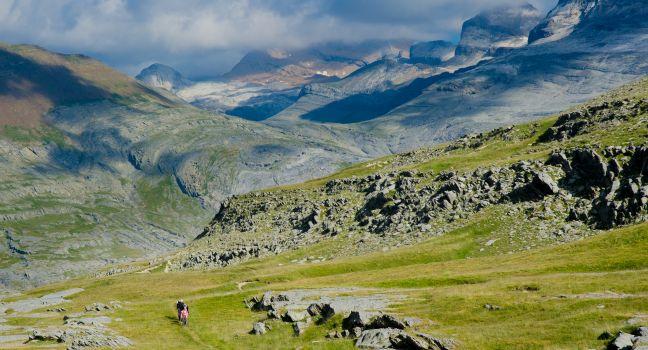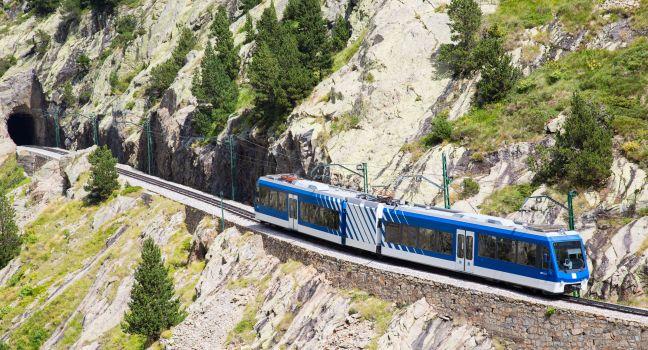Catedral de Santa Maria
This 12th-century cathedral is the finest in the Pyrenees, and the sunlight casting the rich reds and blues of Santa Maria's southeastern rose window into the deep gloom of the transept is a moving sight. The 13th-century cloister is famous for the individually hewn, often whimsical capitals on its 50 columns, crafted by the same Roussillon school of masons who carved the doorway on the church of Santa Maria in Ripoll. Don't miss the haunting 11th-century chapel of Sant Miquel or the Diocesan Museum, which has a collection of striking medieval murals from various Pyrenean churches and a colorfully illuminated 10th-century Mozarabic manuscript of the monk Beatus de Liébana's commentary on the apocalypse. Be aware of the limited visiting hours: Monday through Friday from 10–1:30 and 4–6, and Saturdays from 10–1 only (changes seasonally).







